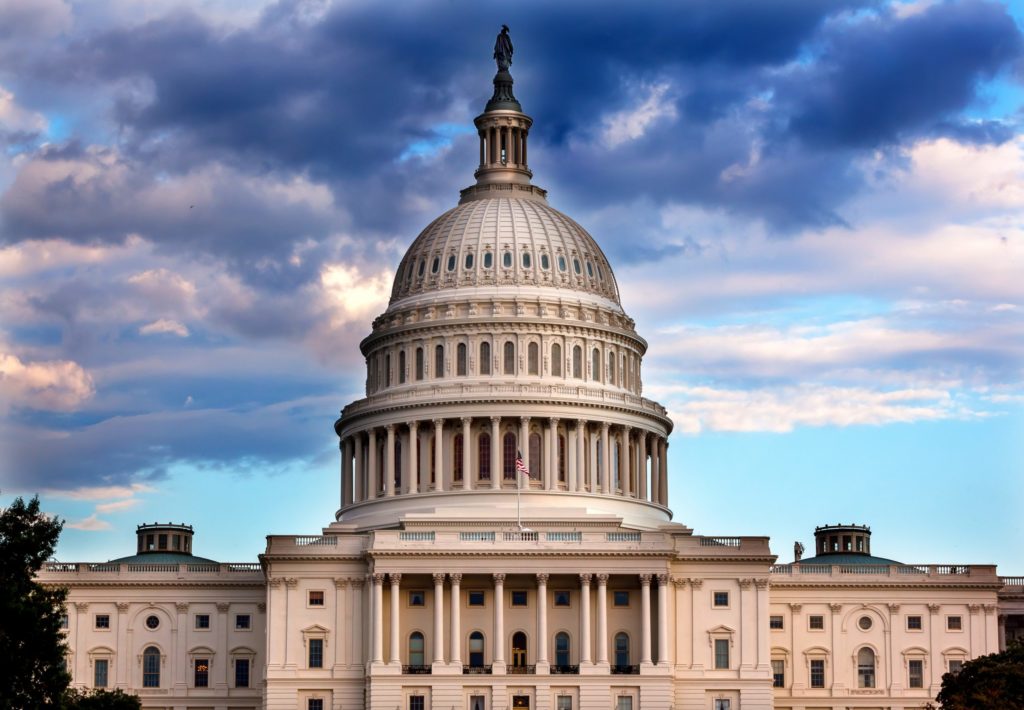Four charts explain the Postal Service’s financial struggles
The U.S Postal Service reported a third-quarter loss of more than $500 million. If you are wondering whether this is news you’re already heard, it is. The USPS has been running deficits for years.
But this was not how the Postal Service was supposed to work. Congress abolished the tottering old Post Office Department in 1971 and replaced it with the USPS. An “independent establishment of the executive branch,” the Postal Service was designed to be self-sustaining. Toward this end, it has more operational freedom than a typical government agency. It can, for example, sell unneeded real estate with relative ease. The agency also has managed, to its credit, to downsize its workforce by 225,000 persons over the past decade.
So why is the agency losing money? Four charts explain the Postal Service’s financial struggles.
Figure 1: Mail volume is down 60 billion pieces since 2007 (Billions of pieces)
Mail volume plunged not long after the Great Recession hit in late 2007. The reason is simple: more than 90 percent of mail is sent by businesses. In the years since, mail volume has not grown. It remains more than 25 percent below its peak and a high percentage of mail volume is advertising mail, which is not very profitable.
Figure 2: Fewer mail pieces means lower revenue ($1B)
Figure 2 tells the tale; between 2007 and 2012, the USPS’ annual revenues fell from about $75 billion to $65 billion. Increased postage rates and carrying more parcels has bumped up the Postal Service’s revenues the past two years, but not by enough. As Figure 3 below shows, the rate increases, which came under a special legal provision, will expire in early 2016.
Figure 3: USPS has not cut expenses quickly enough ($1B)
Postal unions will tell you the USPS is in financial trouble because Congress forced it to pre-fund its current employees’ future retirement health benefits. It’s true these costs are significant, at more than $5 billion per year. Yet even if one wished away these employee compensation costs, the USPS still has not been able to keep revenues above costs. USPS, by the way, has not made a payment to its Retiree Health Benefits Fund since 2010 due to insufficient cash on hand.
Figure 4: USPS debt has spiked ($1B)
The Postal Service had no debt in 2005. Come 2012, it had hit its $15 billion legal debt cap. With too little revenue coming in and expenses too high, debt piled up. Even without paying into its Retiree Health Benefits Fund, the service’s debt grew another $3 billion over the past three years.
With $6 billion in cash on hand, the Postal Service might make the $5.7 billion RHBF payment due Sept. 30. But it probably won’t, as operating with low cash on-hand is a perilous business practice. Moreover, the agency has put off capital upgrades and needs to replace its aging vehicle fleet, 140,000 of which are more than 20 years old.
Congress is struggling to find consensus on postal reform. Some reform proposals would have the USPS try to bolster its revenues by going into non-postal lines of business. Certainly, there is no harm in allowing the USPS to contract with a state to sell fishing licenses at its post offices. But it would be a big mistake to permit the USPS to enter fields such as banking, where the private sector is well-established. And it is highly unlikely that the USPS would earn the billions in revenues needed to right its fiscal ship.
Unfortunately, Congress to date has shown little appetite for reckoning with USPS’ fundamental business challenges: high debt, decreased demand for postal services, and excessive overhead costs. Until it does, it’s highly unlikely the situation will improve.













